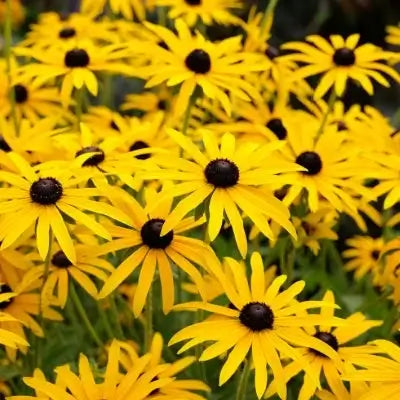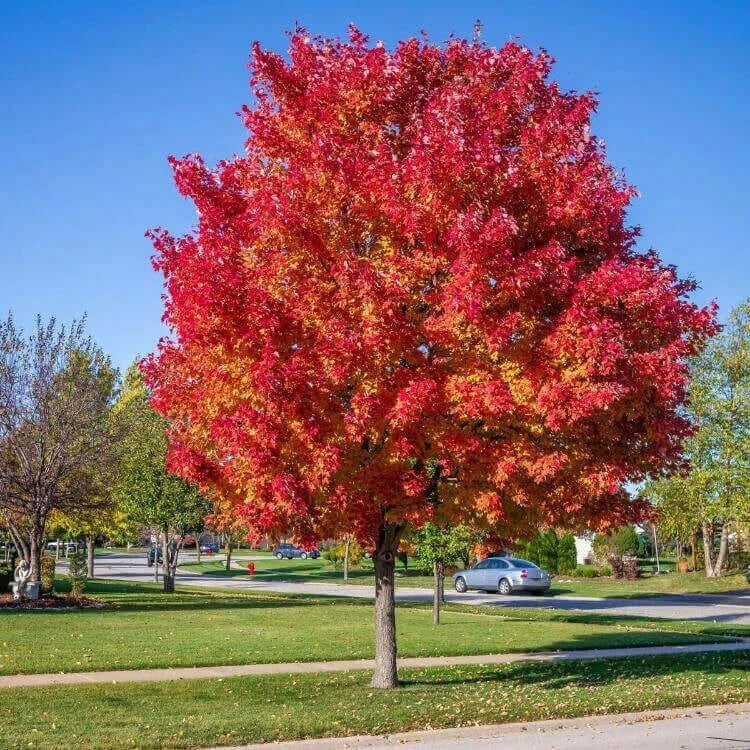This explores Lily of the Valley's natural appeal
The Lily of the Valley is one of the most cherished flowering plants because of its fragile bell-shaped white blooms and captivating scent. The Lily of the Valley has maintained its garden popularity for hundreds of years because its story merges folklore elements and traditional significance while representing purity, renewal, and happiness. While Lily of the Valley looks delicate, its durability allows it to survive various environments and spread effortlessly to create dense ground coverage. The species originates from temperate regions throughout Europe and Asia, while North America hosts its related variety known as Convallaria majalis var. montana. Lily of the Valley flourishes in woodland environments during the early spring months. Its green leaves blanket the ground before its recognizable white flowers develop to release their captivating fragrance into the surroundings.
The plant demonstrates remarkable adaptability, making it perfect for shaded areas in gardens. It develops well beneath tree canopies, along shaded walkways, and inside flower beds where other blossoms may fail to grow correctly. The compact Lily of the Valley commands attention and produces refined visual displays for structured and natural garden settings. The plant's low maintenance characteristics appeal to gardeners because it needs minimal care after establishment. After establishing its rhizomes, the plant appears fragile but demonstrates strong resilience against drought conditions.
Lily of the Valley has maintained cultural significance throughout human history beyond its aesthetic appeal. In various traditions, it stands as a symbol of good luck, and its purity and elegance make it a popular choice for wedding bouquet designs. The French celebrate La Fête du Muguet on May 1st by presenting Lily of the Valley flowers to their loved ones to share joy and fortune. Its fragrance has inspired countless perfumes, while traditional herbal remedies have acknowledged its medicinal benefits.
Gardeners can cultivate Lily of the Valley
Convallaria majalis var. montana grows as a native plant throughout North American forests, spreading naturally under dappled shade conditions. Lily of the Valley becomes a preferred choice for gardeners who focus on native plants because it helps create gardens that integrate seamlessly with local ecosystems. As an exceptional ground cover choice for woodland gardens, Lily of the Valley prevents soil erosion and reduces weed growth through its spreading growth habit. Lily of the Valley benefits native plant areas because of its naturalization properties, but small spaces require careful management to prevent aggressive growth.
People who want to grow Lily of the Valley should plant rhizomes in shaded spots with rich and well-drained soil during early fall or spring. Lily of the Valley requires moisture for optimal growth yet needs minimal watering after it becomes established. Underground rhizomes produce arching stems forming a dense network of interconnected plants, which return annually with little maintenance. Because of its durable nature, this plant excels in woodland restoration efforts by forming a natural understory layer that integrates perfectly with native ferns, wild ginger, and other shade-loving perennials.
People value Lily of the Valley for its beauty and scent but must remember that its entire structure becomes poisonous when consumed. Cardiac glycosides in this plant pose a danger to humans and animals alike. Because of its toxicity, you should place it in locations where pets and small children will not encounter it. The toxic nature of this plant does not hinder its suitability for native landscapes because deer and other herbivores tend to leave it alone, and it serves as a reliable option for gardens facing browsing wildlife issues.
While European Lily of the Valley has become a traditional garden element, over time, native plant lovers should focus more on its North American relative. This plant serves as an ideal companion to woodland native species like trilliums, bloodroot, and Virginia bluebells because it forms a layered natural look that reflects its wild environment. Native plant gardens benefit from including this plant because homeowners and conservationists will enhance local biodiversity while experiencing the elegant fragrance of one of nature's premier flowers.
Lily of the Valley serves multiple functions within ecosystems
Lily of the Valley maintains a beneficial role in ecosystems despite its harmful effects on mammals. Early-emerging bees find nectar sources in spring through the flowers of Lily of the Valley, which serve as attractive pollinator sites. This plant enriches a landscape with more blooming options that sustain seasonal pollinators even though it isn't their primary food source. The thick leaves produced by this plant form protective spaces for tiny insects and creatures living close to the ground by establishing small ecosystems within garden areas.
Despite receiving less attention than other native species during ecological restoration projects, Lily of the Valley contributes to soil stabilization and erosion prevention. The plant's rhizomatous growth pattern stabilizes ground in shaded environments where most ground covers fail to establish themselves, especially in sloped or disturbed areas. Its unique characteristics make Lily of the Valley an essential plant for rewilding projects that prioritize maintaining the authenticity of forested and shaded ecosystems.
Lily of the Valley's historical and legendary background enhances its mysterious appeal. Different cultures have linked Lily of the Valley with the themes of renewal and rebirth through its connections to goddess myths and nature spirits. The plant's ties to storytelling and traditional practices make it an outstanding option for gardens that honor aesthetic elegance and historical significance. Placing it in gardens to evoke antique garden atmospheres or to support native flora efforts allows this plant to maintain its timeless worth.
Planting Lily of the Valley can help sustainable gardeners achieve lush green spaces with little effort. Because it grows without needing fertilizers or pesticides, it stands out as a good choice for eco-conscious gardeners who follow organic practices. When proper management prevents its aggressive spread, the plant becomes a beneficial addition to gardens.
Adding Lily of the Valley to native plant gardens creates wild beauty while preserving ecological stability. Gardeners and plant enthusiasts continue to adore Lily of the Valley because of its elegant white flowers, deep green leaves, and intoxicating scent. Gardeners who appreciate beautiful resilient flowers find this plant fascinating, whether they use it as ground cover or companion plant or add it to shaded spaces for its fragrance.










































































































